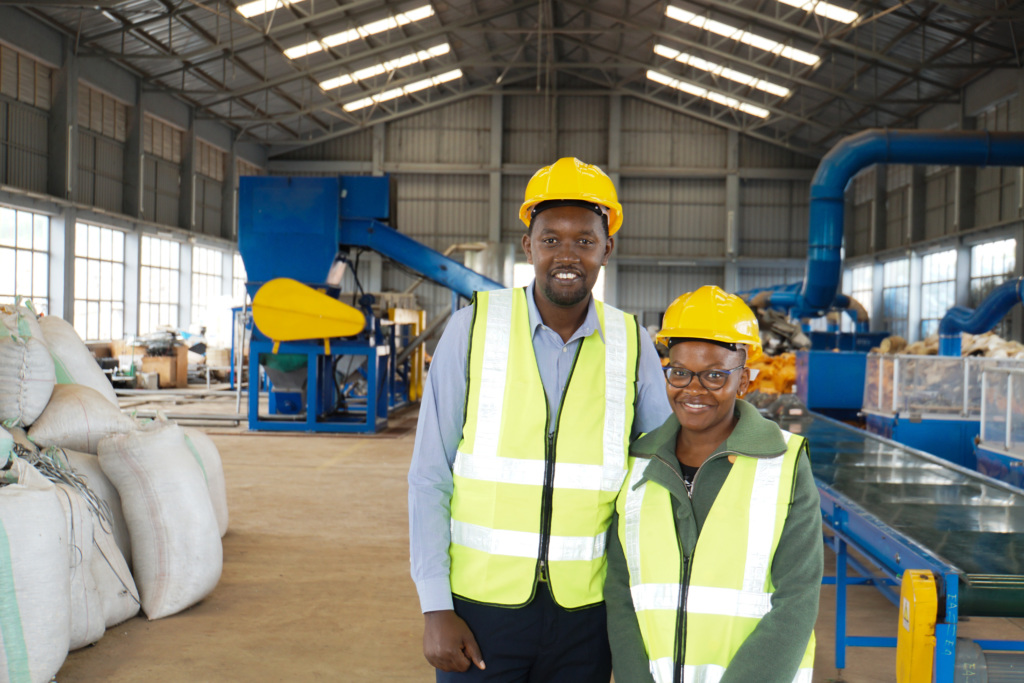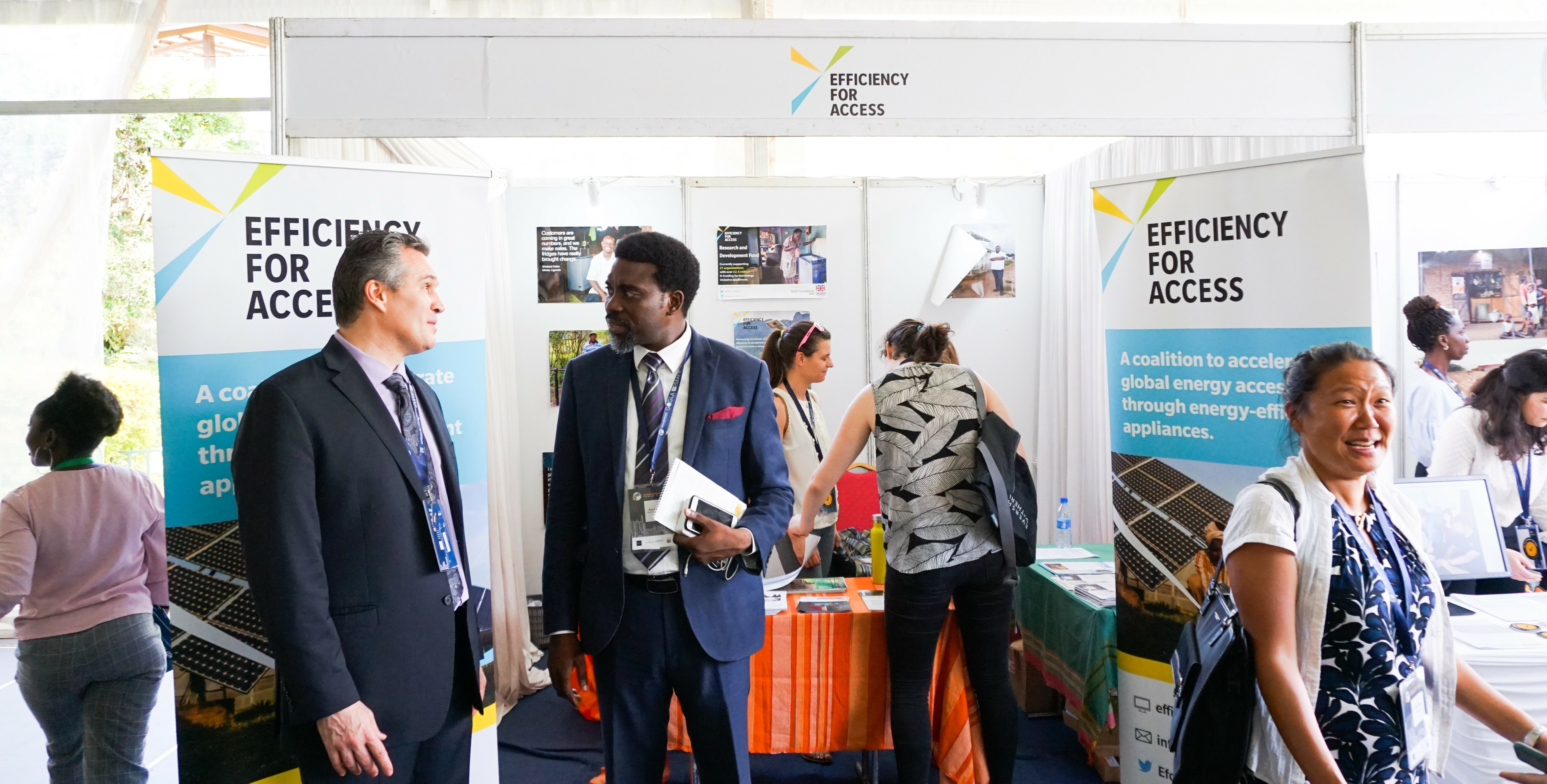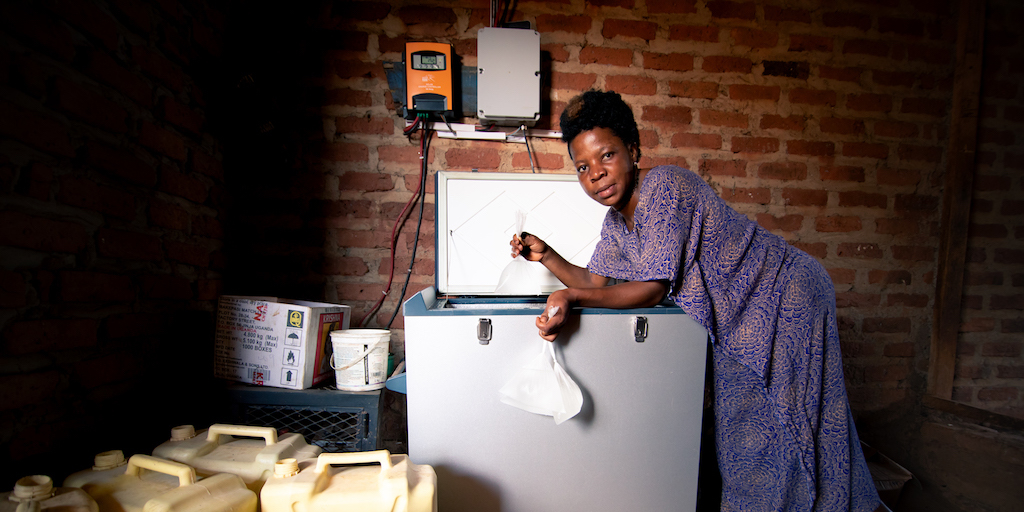Supporting Circular Economy for Renewable Energy Projects
CLASP supports USAID in the development of country-specific circular economy plans to ensure the demand for renewable energy sources does not negatively impact the environment.

The demand for more renewable energy technologies such as solar panels and wind turbines is creating pressure on the environment due to mining of critical metals and production of more e-waste as these technologies reach their end-of-life cycle, creating an opportunity for a circular economy. In a circular economy, materials have multiple life cycles and re-entry points into the market as they are systematically recovered, repaired and remade.
CLASP is part of a team that supports the U.S. Agency for International Development’s (USAID) Scaling Up Renewable Energy (SURE) program. CLASP was recently awarded a subcontract under the SURE program, led by Tetra Tech, alongside dss+ to engage strategically with governments, the private sector, civil society, and communities to support transformational policies and initiatives and to build human capital and institutional capacity to address waste challenges associated with renewable energy investments while creating economic value and jobs. Tetra Tech, CLASP, and dss+ technical experts work with partners to develop innovative tools, sustainable practices, policies, business models, and secondary markets for renewable energy parts and materials, cultivating a circular economy that is gender-inclusive, reduces waste, makes the supply chain more resilient, and extends the life of parts. CLASP supports USAID in the development of country-specific circular economy plans to ensure the demand for renewable energy sources does not negatively impact the environment.
Renewable Energy: Sustainable Solution or Environmental Risk?
Obsolete renewable energy equipment is expected to grow exponentially over the next 30 years. Instead of damaged and decommissioned equipment piling up as waste, the life of these materials must be extended beyond their original use. In 2019, an estimated 18,000 tons of solar photovoltaic (PV) panel waste was generated. By 2050, PV panel waste could increase to 10 million tons annually (BNEF 2020). There will be up to 52,000 tons per year of decommissioned wind blades by 2030 (WindEurope 2020).




